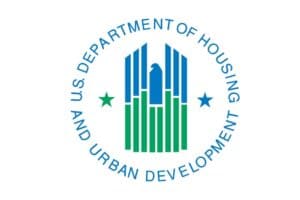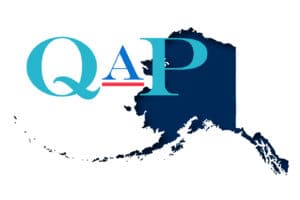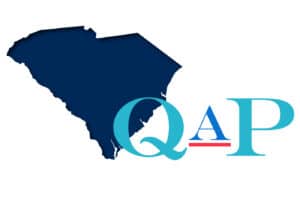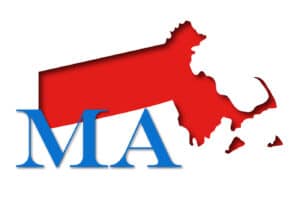HUD

Speaker Ryan’s Housing-Related Reforms Focus on Residents, Not Development
The plan makes brief mention of “harnessing the abilities of non-profits and other cost-effective service providers,” but largely focuses on public housing, rental assistance, and work requirements for residents.

Obama Administration Announces 9 New Promise Zones
The Obama Administration named the final nine Promise Zones across the country. The initiative names increasing access to affordable housing as one of its key goals.

Kentucky HOME Rent Approvals Due 7/8/16
Multifamily HOME funded projects still in their affordability period are required to submit an Annual Rent Approval Form by July 8, 2016.

Alaska GOAL Registration Requests Due June 24th; Teleconference Scheduled
In September 2016, Alaska Housing Finance Corporation (AHFC) will announce the FY 2017 Notice of Funding Availability (NOFA) for its Greater Opportunity for Affordable Living (GOAL) Program. For eligibility to apply for GOAL Program funds, all applicants are required to comply with a sequential three (3) step application process. Applicants will NOT be eligible to apply for GOAL funding unless they first meet both deadlines for Steps (1) and (2).

South Carolina Hosts Free Compliance Monitoring Workshop (HOME/LIHTC)
The South Carolina State Housing Finance and Development Authority’s (SC Housing) Compliance Monitoring Department is hosting a workshop to provide an overview of compliance requirements for HOME and LIHTC/HOME developments.

GAO Examines Capital Advances for Section 202, 811 Programs
The report provides a comprehensive accounting of the number and amounts received by each state from 2008 to 2013, but does not make any recommendations.

Senate Escapes Rider to Pass HUD Spending Bill, Pressuring House to Follow Suit
While it is far from perfect in the eyes of affordable housing advocates, it would expand several key programs and is seen as a tepid victory in the current spending climate.

HUD Will Resume Conducting MORs on a Limited Basis
MORs property inspections will be conducted by the 42 existing Project-Based Contract Administrators as part of their amended interim contracts with HUD, mostly likely starting on a limited number of properties.

HUD Makes First National Housing Trust Fund Allocations to States
For the first time ever, HUD allocated nearly $174 million through the nation’s Housing Trust Fund. By law, each state is allocated a minimum of $3 million.

HUD Issues Criteria States Must Use to Select HTF Recipients
If the State plans to select applications submitted by eligible recipients, the HTF allocation plan must include the application requirements and the criteria for the selection of applicants to meet the specified required funding priorities.

HUD Publishes FY-2016 Annual Adjustment Factors for Section 8
HUD published Annual Adjustment Factors, which are used to adjust contract rents for units assisted in certain Section 8 housing assistance payment programs during the initial term of the HAP contract.

Massachusetts Case Reveals Impact of Last Summer’s Disparate Impact Decision
Tenants at Burbank Apartments in Massachusetts sued when the building’s owner decided not to renew a Section 8 contract with HUD, arguing that it would disproportionately impact people of color. The court’s final decision was made after careful consideration of last summer’s Supreme Court ruling on disparate impact and the Fair Housing Act.